Potagers
'Potager' in French means an ornamental vegetable or kitchen garden. 'Potage' is vegetable soup, and so all the necessary ingredients may be found in a good potager. The Potager is a source of vegetables, herbs and fruits – all plants with very different needs.
Traditionally, the kitchen garden is essentially a separate type of garden from the residential garden and lawns. There is a different history to the kitchen garden, and often different approaches to the design. It is frequently a structured garden with a design based on repetitive geometric patterns.
The first few years
During our building and renovation of La Mouissone beginning in 1998, one of the contractors announced that he had a present for Madame Lockett when she came on an inspection visit.
Voilà! the bare piece of ground next to the kitchen terrace had been transformed into a structured garden, comprising three geometrically shaped beds, and narrow strips against the boundary walls, all edged in salvaged terracotta edging tiles. There was a wrought iron pergola attached to the stone wall, the material salvaged from an old chicken hut of the previous owner. The paths were of fine cream coloured gravel.
It was beautiful! What a present! And then he presented his bill of several thousand euros!
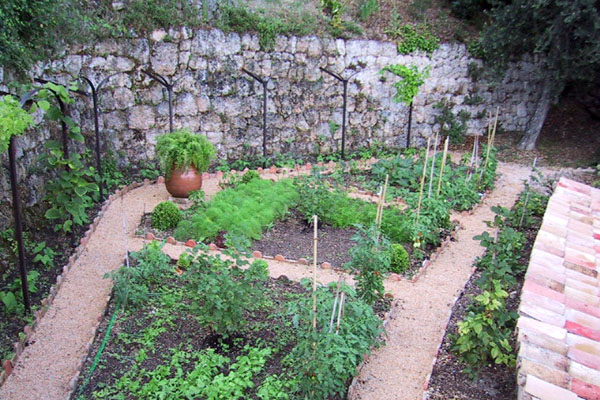
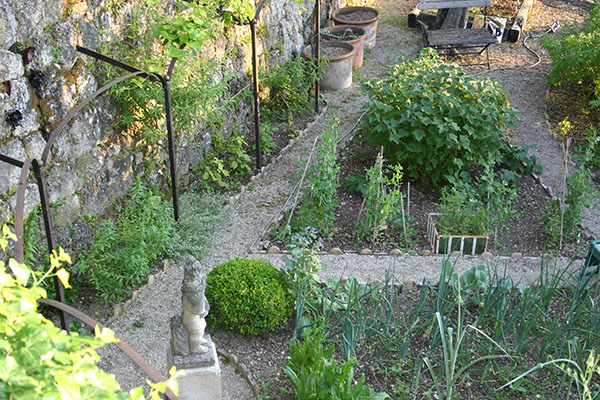
For a few years we enjoyed 'ratatouille' vegetables, mediterranean herbs and blackberries grown in the potager. Eventually, the penny dropped that these vegetables were not as vigorous, or as early as in other gardens in the area. In addition, there was a lot of expenditure and work for a not very high yield. We looked at the conundrum carefully and worked out that the little kitchen garden is probably in the worst location we have to offer for such a thing. It is north east facing. It is shaded by two olive trees on the north east side. These shade much of the morning sun; and another olive tree on the south west side, shades the afternoon sun, as does the tall stone wall. In addition, the soil is very free draining, so the plants need constant watering. It was time to re-examine our approach to kitchen gardening.
A sunny new potager
In 2012 we decided to create a second vegetable garden – the New Potager. A new terrace was cleared. It faces more or less south, and receives full sun for at least six hours a day. It has a heat-holding wall at the back. However, it had not been cultivated for decades.
The four beds were carefully marked out and two ‘calade’ slabs were constructed in the centre to give the required formality. Later on we would plant box balls and box hedge strips to further formalise the garden. ‘Calade’ is a French term for a decorative and useful arrangement of medium-sized pebbles fixed to the ground; that is, a type of cobblestone paving.
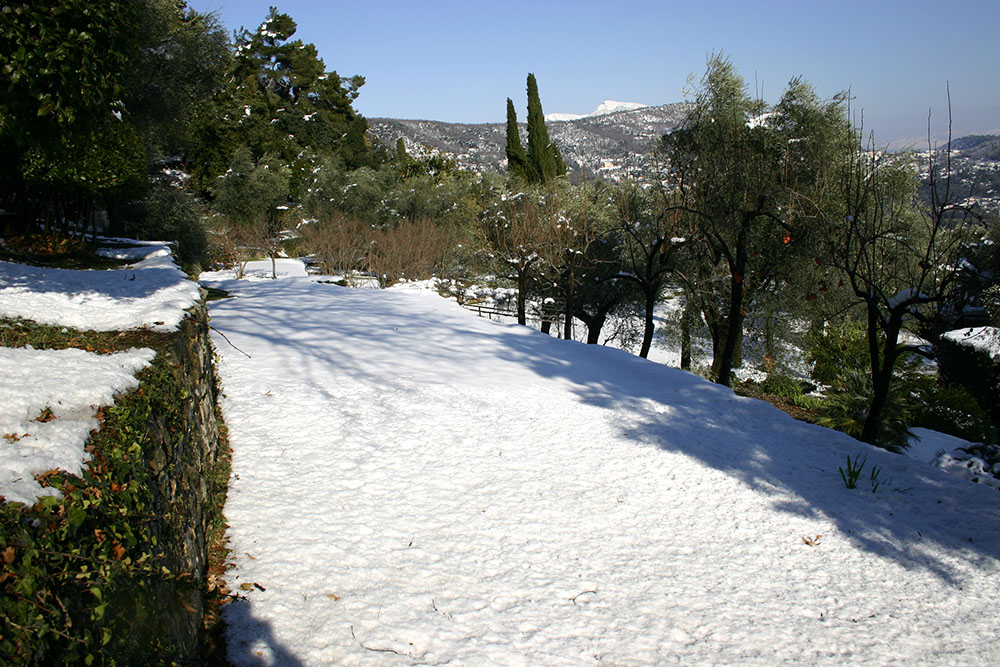
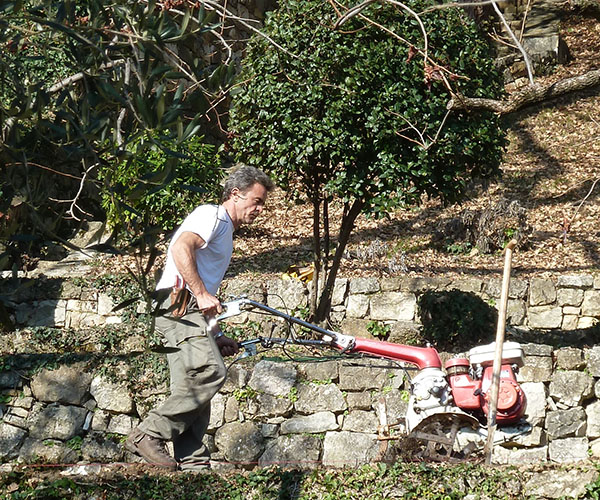
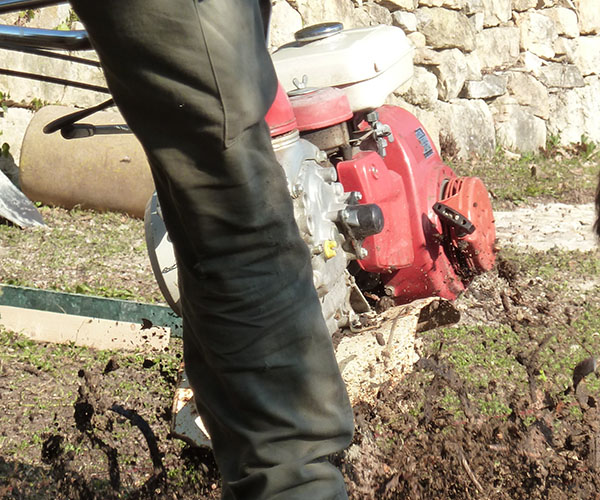
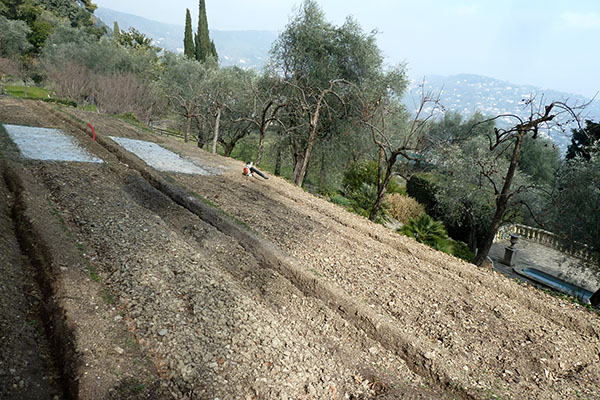
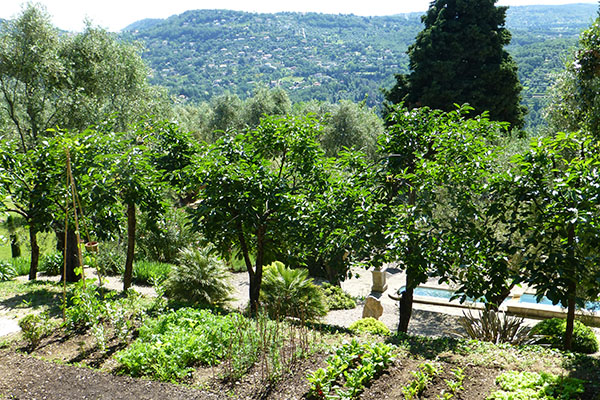
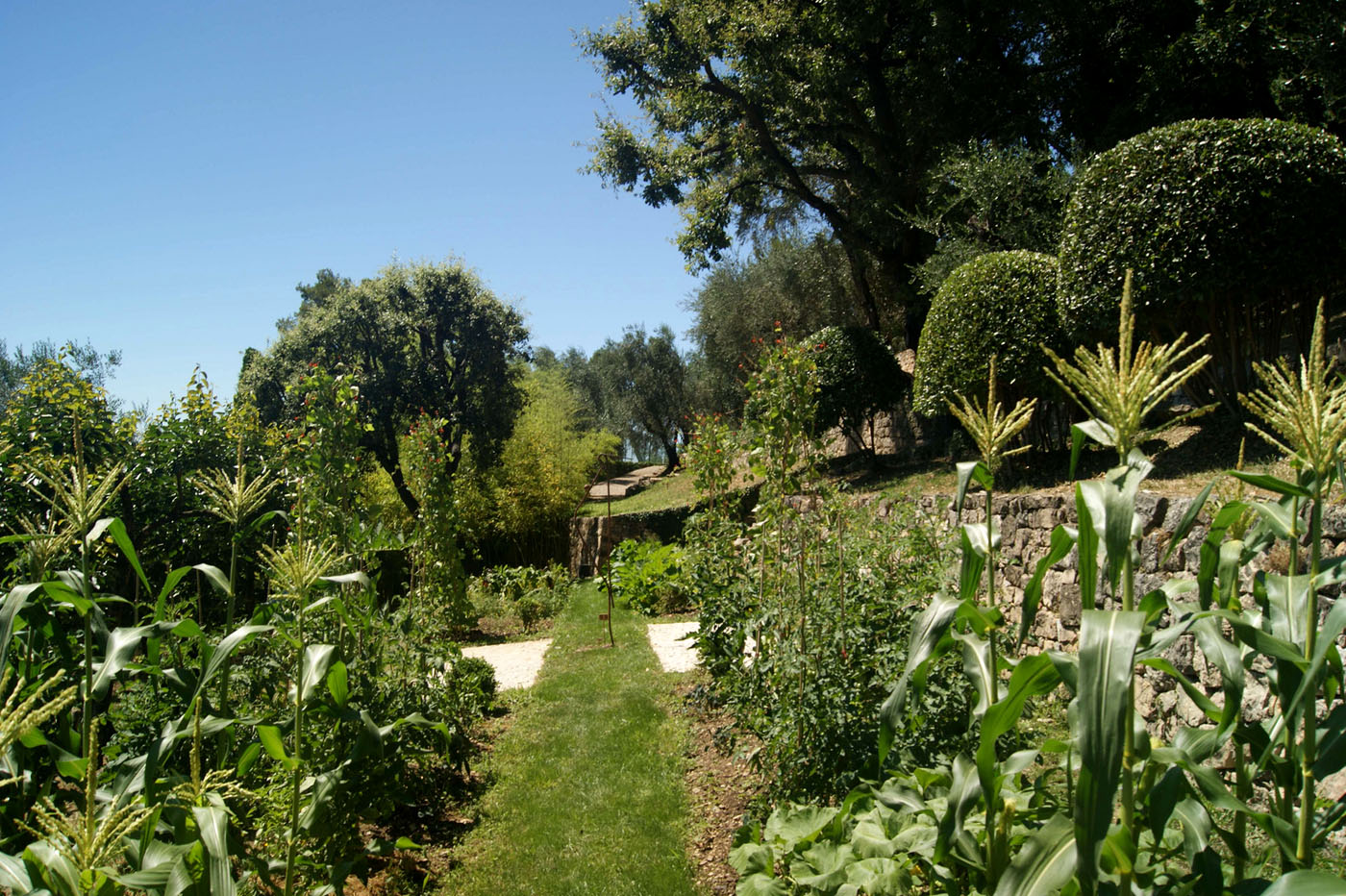
The Three Sisters
We love to experiment, so we went straight ahead and planted a mini Native American patch – a group of vegetables known as The Three Sisters.
According to Iroquois legend, corn, beans, and squash are three inseparable sisters who only grow and thrive together. This tradition of inter-planting corn, beans and squash in the same mounds, widespread among Native American farming societies, is a sophisticated, sustainable system that provides long-term soil fertility and a healthy diet.
Corn provides a natural pole for bean vines to climb.
Beans fix nitrogen on their roots, improving the overall fertility of the plot by providing nitrogen to the following year’s corn. Bean vines also help stabilize the corn plants, making them less vulnerable to blowing over in the wind.
Shallow-rooted squash vines become a living mulch, shading emerging weeds and preventing soil moisture from evaporating, thereby improving the overall crops chances of survival in dry years. Spiny squash plants also help discourage predators from approaching the corn and beans. The large amount of crop residue from this planting combination can be incorporated back into the soil at the end of the season, to build up the organic matter and improve its structure.
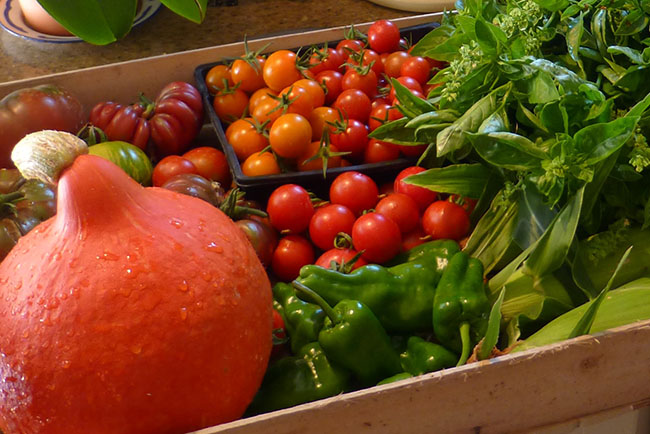
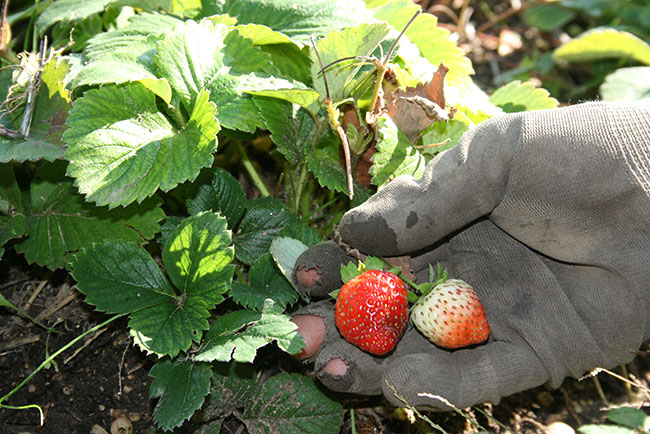
Perennial Variety
The well-designed potager can provide food, as well as cut flowers and herbs for the home with not too much maintenance.
Our vegetable plants are chosen as much for their colour and form as for their functionality. Many are trained to grow upward. Most at La Mouissone are grown from seed. In some parts we are experimenting with perennial vegetables. For example, the runner bean is used as a perennial plant in its native Central America. We have had plants in the ground for three years, with good cropping.
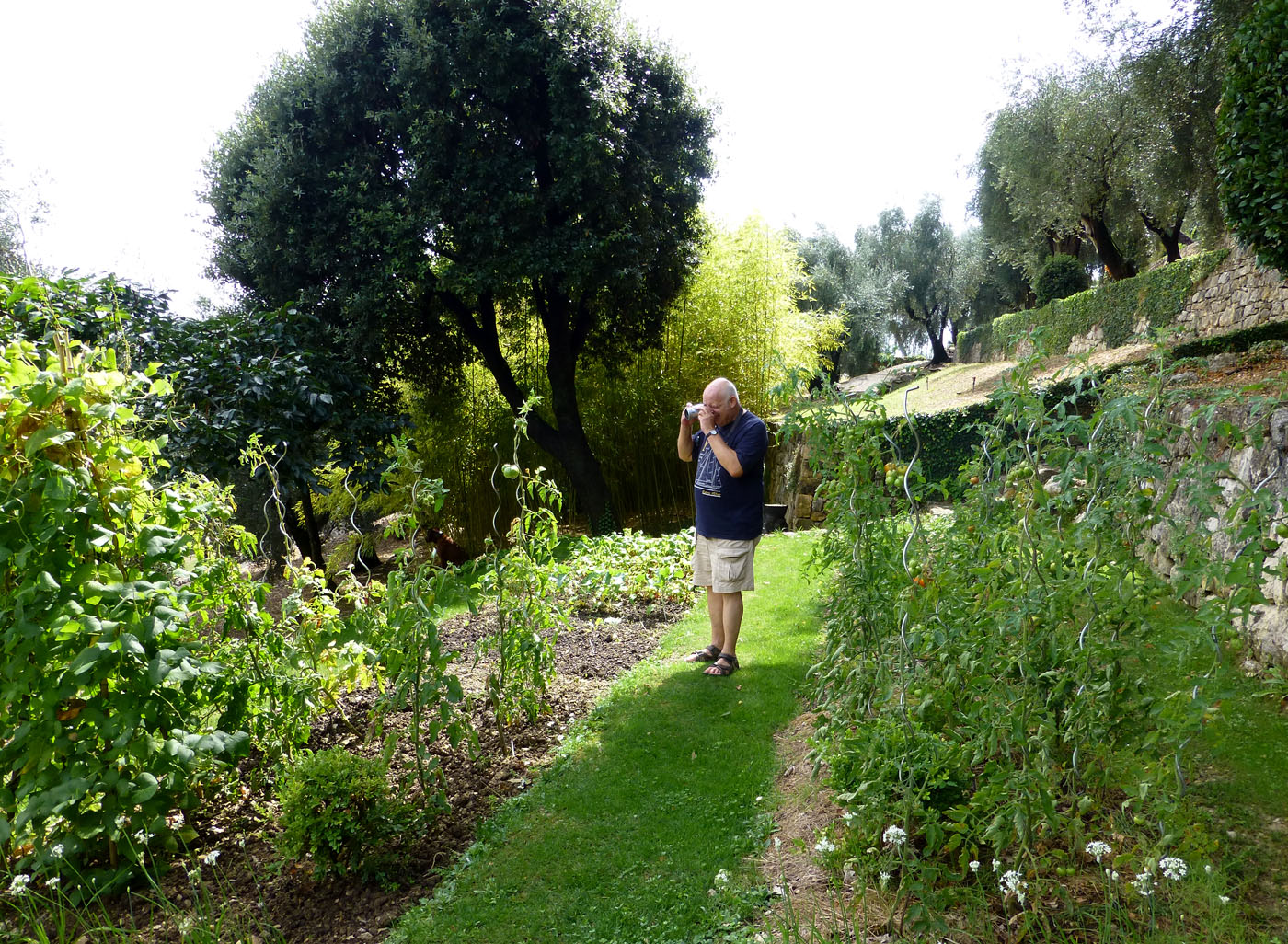
As the garden is open for visits, it is always interesting to have surprises for the guests. Therefore we have several vegetables unknown to the French in the South:
- Quintessentially British - runner beans - one of the easiest of all vegetables to grow. To many people summer is incomplete without them. Our French visitors had never heard of them!
- Rainbow chard, for its wonderful colours.
- Kohlrabi – also unknown in the South, and grown here in memory of the cuisine of my German parents.
- Edamame beans and oriental leaves for use in far-eastern dishes.
- Jekka McVicar’s red veg collection 'Reds in the Bed'.
- Purple sprouting broccoli – the best!
*Add conclusion box*

The Potagers in 2018
In 2018, our twentieth year at La Mouissone, the Old Potager is well established, and has already supplied a steady stream of produce this year – notably, enough brassicas to supply a restaurant.
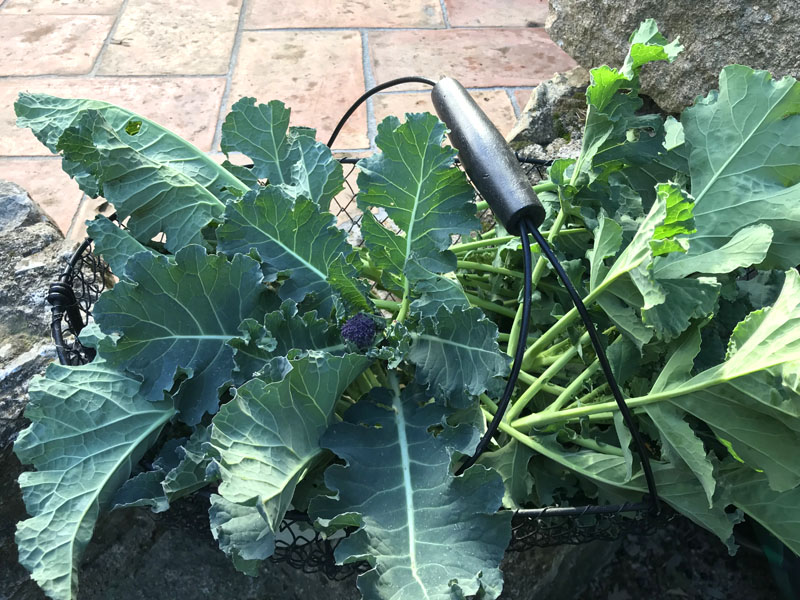
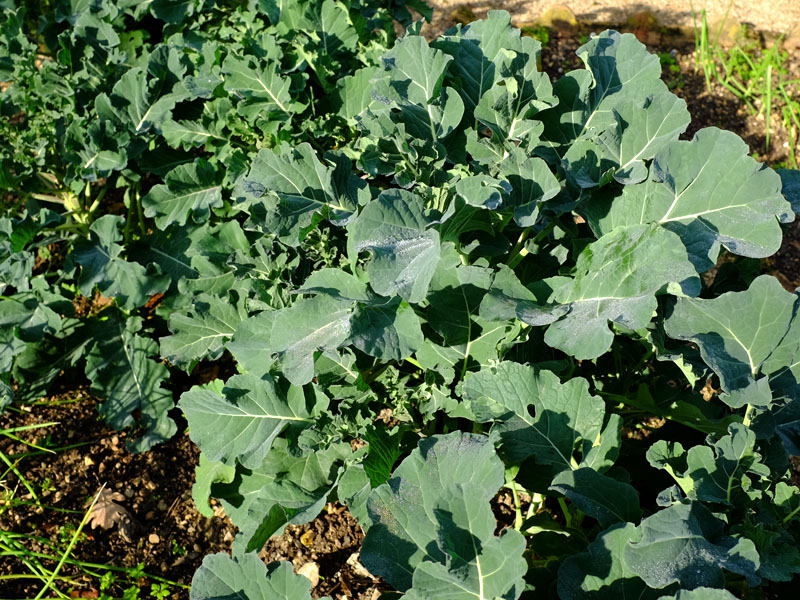
We have also enjoyed peas, courgettes, tomatoes, carrots, radishes, onions, shallots, garlic, rhubarb, blackberries and raspberries.
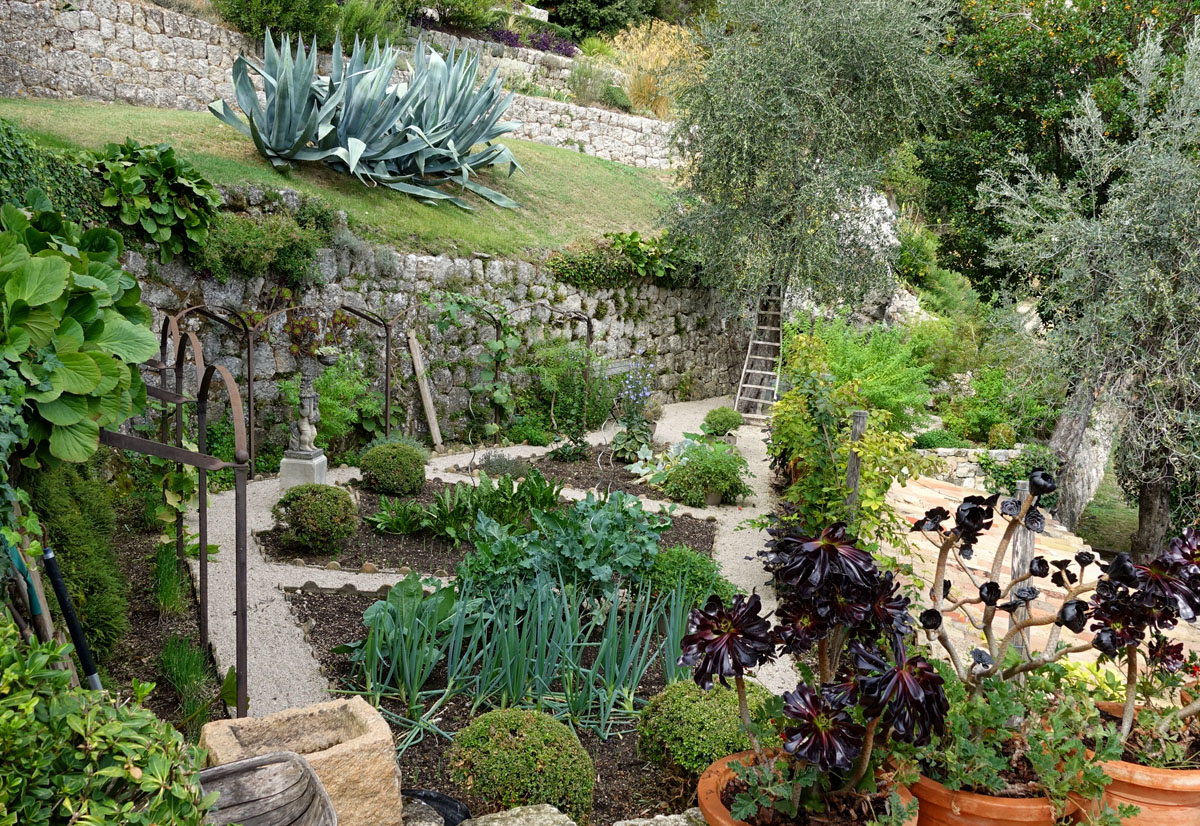
2018 has also seen an upgrade for the New Potager since its establishment in 2012. We found that the slope of the site was prohibitive for the good management of vegetables. Other factors were the shade cast by an oak tree, the huge number of stones in the mainly clay soil, and the annual wild boar attacks. The oak tree was removed, and this has vastly improved the light to the site.
We have just completed the installation of four raised beds, surrounded with metal edging. This means that we can easily contain good soil, composted and manured, without the need to tread on the soil; and best of all the soil will be level. We think the wild boar will at least be challenged when they rush in and try to trash the layout.
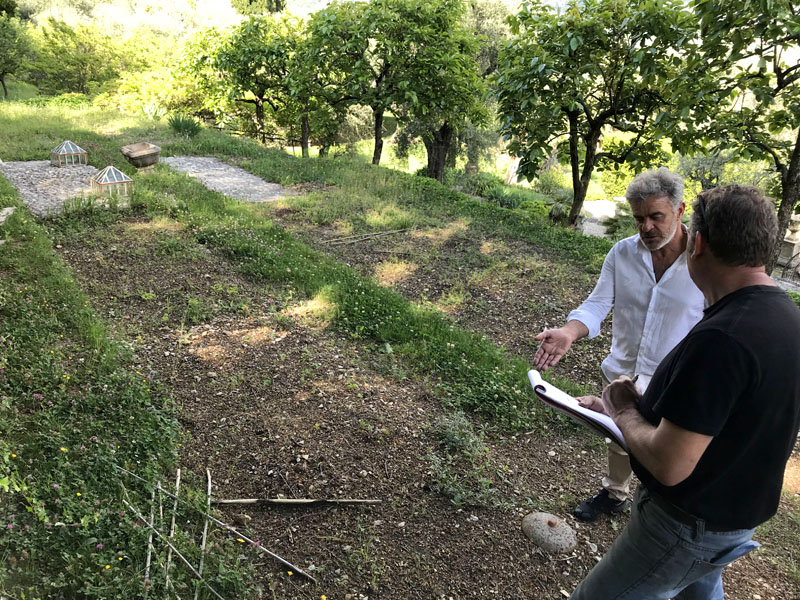
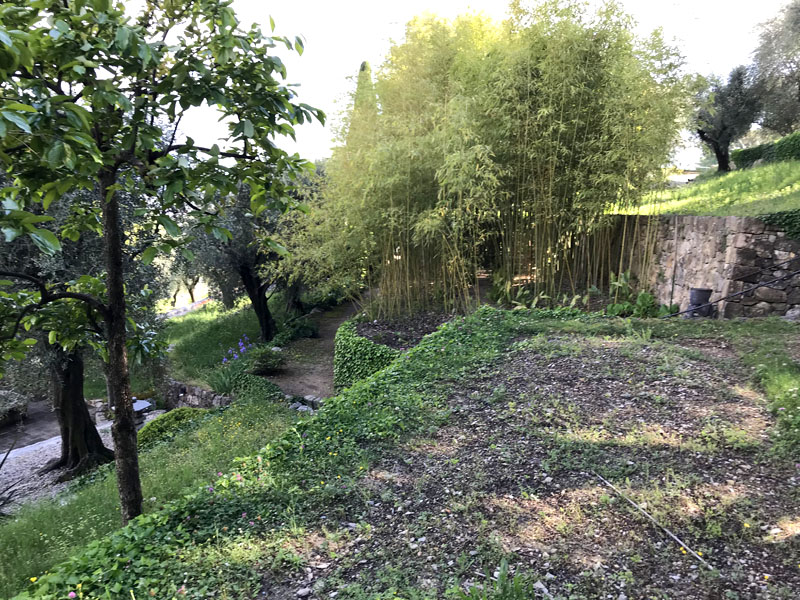
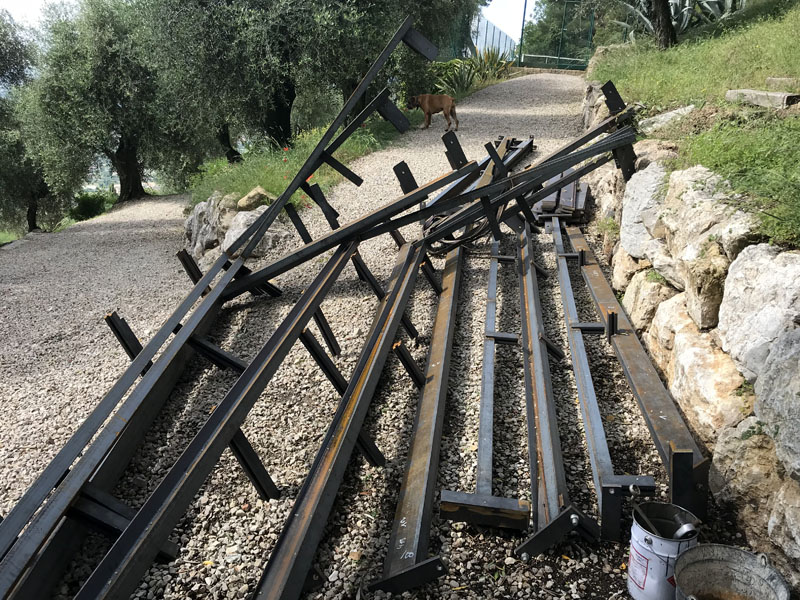
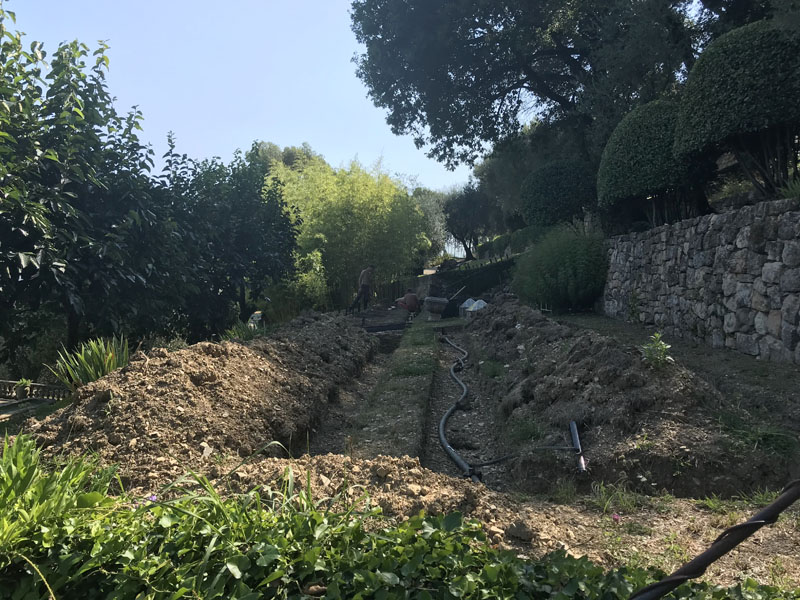
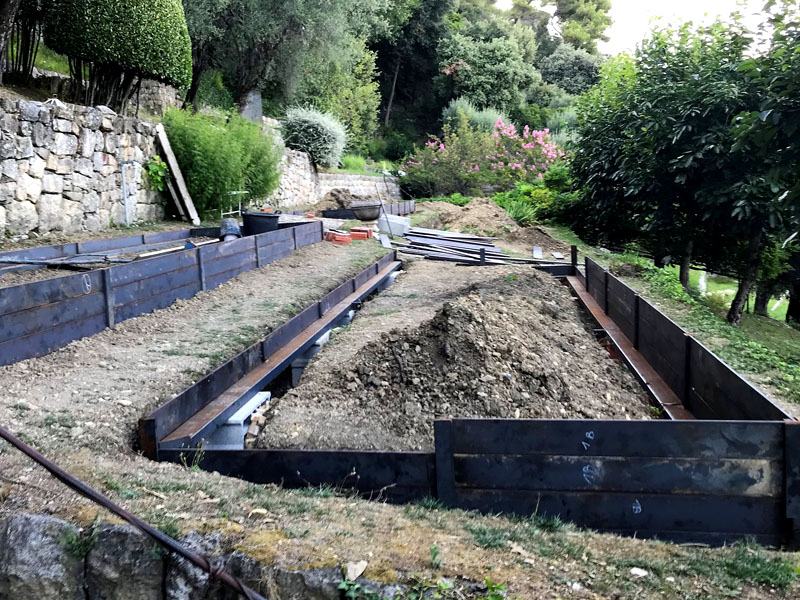
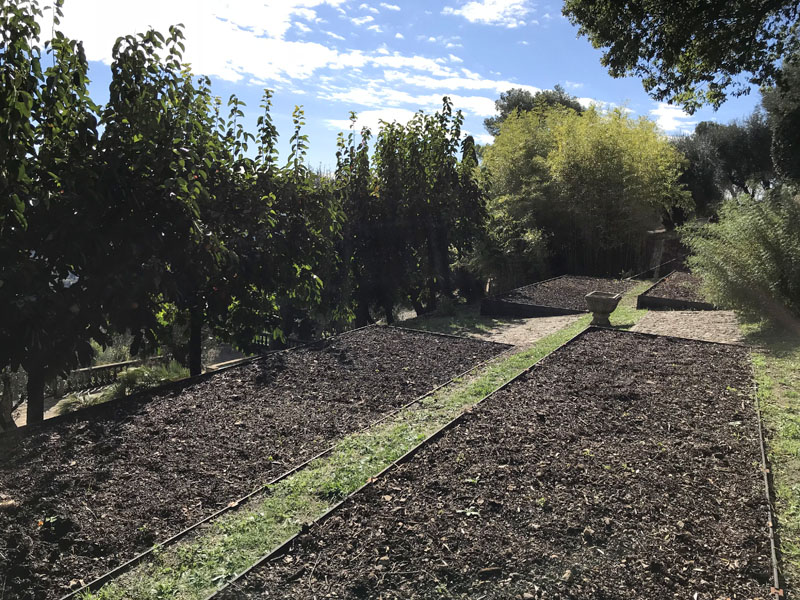
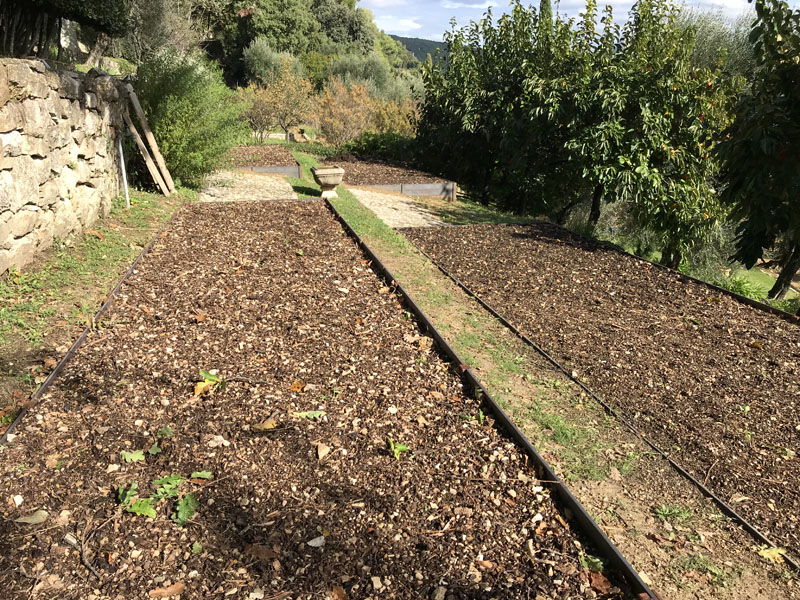
Next steps
The next step will be to fill the beds with good stone free soil, remake the grass paths and to plant for the autumn and winter vegetable supply. Next year, the plan is to plant a selection of Tunisian vegetables using the seeds brought back from our Tunisian gardener’s family home.
Inspiration
- My greatest inspiration came from my father, Gerhard Dietzold, who fed his family of five children on the produce of an allotment, and later our home’s back garden from around 1960 until his death in 1982. Unknowingly, I learnt masses about vegetable growing from him, and he encouraged me early on by giving me 'Percy Thrower’s Encyclopaedia of Gardening' – my first gardening book.
- The kitchen garden of West Green House, seen in 2005.
- The origins of Waterperry Gardens, Oxfordshire - home to a renowned horticultural college between 1932 and 1971, with an emphasis on food production rather than spectacular ornamental gardens.
- The kitchen garden of the Prince of Wales at Highgrove, Glouchestershire UK – I wish I had his composting system!
- The kitchen garden of The Old Rectory Gardens, Northamptonshire UK.
- The Vegetable Garden at River Cottage, East Devon – which was full of delicious things to eat in February 2014!
Plant List
Vegetables
- Aubergine 'Money Maker' No 2
- Basil 'Sweet Genovese'
- Beetroot 'Boltardy'
- Broccoli 'Red Arrow'
- Carrot 'Nantes 5'
- Chard Bright Lights
- Cima di Rapa (Broccoli raab)
- Courgette Romanesco
- Courgette Goldrush
- Courgette 'Soleil' F1
- Cucumber 'La Diva'
- Edamame
- French Bean 'Blue Lake Climbing'
- French Bean 'Speedy'
- Kale 'Red Russian'
- Kale 'Nero di Toscana'
- Lettuce 'Black Seeded Simpson'
- Mizuna
- Mustard 'Red Giant' Oriental Salad and Stir Fry Mix
- Onion 'Red Baron'
- Parsley 'Gigante di Napoli'
- Purple Sprouting Broccoli 'Red Arrow'
- Pumpkin 'Munchkin'
- Squash 'Red Kuri' (organic)
- Spring Onion 'White Lisbon' (organic)
- Spring Onion 'North Holland Blood Red'
- Spinach beets
- Squash 'Tromboncino' - edible as a courgette when small, squash/gourd when older, mad shapes
- Shallots 'Biztro'
- Summer Savory
- Summer squash 'Tromboncino'
- Tomato Collection (contains Black Krim, Sungold, Gardeners' Delight)
Companion Flowers
- Borage 'Blue'
- Helianthus 'Vanilla Ice' or 'Claret' (sunflowers) - interesting colours for cutting, in a bed with artichokes
- Calendula officinalis 'Indian Prince'
- Rudbeckia hirta 'Cappucino'
- Tropaeolum minus 'Black Velvet' (Nasturtium)
- Nasturtium 'Alaska'
- Nasturtium 'Tip Top Mahogany'
- Tagetes patula 'Cinnabar' Dixter strain - the red stripe is more pronounced when the temperatures cool down
- Tagetes patula 'Linnaeus'
Reading List
- Creative Vegetable Gardening, Joy Larkcom
ISBN 1-84000-898-9 - Charleston Kedding – A History of Kitchen Gardening, Susan Campbell
ISBN 0-09-181385-9 - The Great Vegetable Plot, Sarah Raven
ISBN-10: 0563488174 - Jekka’s Complete Herb Book, Jekka McVicar
ISBN-10: 1856267806 - Perennial Vegetables, Eric Toensmeier
ISBN 978-1-931498-40-1 - Veg Patch: River Cottage Handbook No.4, Mark Diacono
ISBN 978-0-7475-9534-2
Supplier List
- Sarah Raven: Marlborough: Wiltshire UK
www.sarahraven.com - Chilterns Seeds: Wallingford, Oxfordshire UK
www.chilternseeds.co.uk - Jungle Seeds: Watlington, Oxfordshire UK
www.jungleseeds.co.uk - Jekka McVicar: South Gloucestershire UK
www.jekkasherbfarm.com - Botanic: Saint-Julien-en-Genevois, France
www.botanic.com - Seeds for Italy: Lawrence, Kansas USA
www.growitalian.com